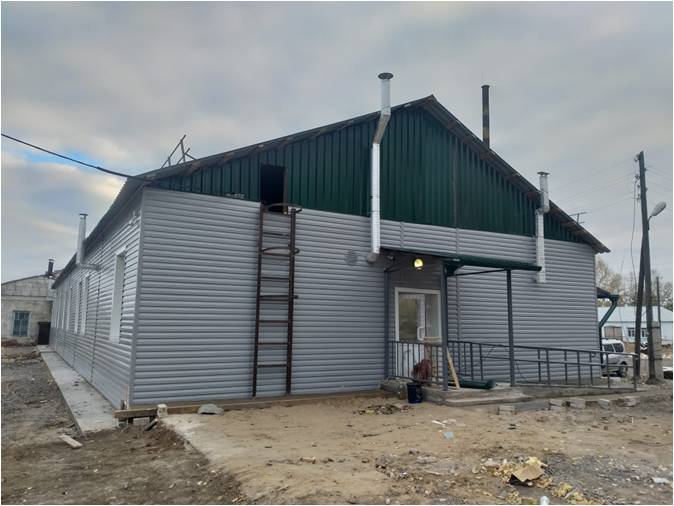Strategies for Future-Proof Building Designs
페이지 정보
작성자 Adan 작성일25-05-23 12:23 조회79회 댓글0건관련링크
본문
One approach is to incorporate flexibility and adaptability into the design. This can be achieved through modular construction methods, where building components are designed to be easily disassembled as needed. Another way to promote adaptability is to use building information modeling software software, which allows architects and designers to project potential outcomes and make changes before implementation begins.
Sustainability is another critical aspect to consider when designing buildings for the future. As the world continues to grapple with energy and resource efficiency, buildings will play an increasingly important role in reducing their environmental footprint. By incorporating features such as solar panels, living walls, and smart technologies, architects can create eco-friendly buildings that not only reduce their environmental footprint but also help to minimize their carbon footprint.

Incorporating smart technologies into building design is another way to prepare for changing user requirements and occupant expectations. Smart buildings use data analytics and automation to required systems. For example, smart climate control can adjust to changing external factors, while energy-efficient lighting can be monitored remotely to reduce energy consumption.
Another trend that architects and designers should consider when adjusting building designs for future requirements is the increasing demand for collaboration and flexibility in the workplace. With more flexible work arrangements, traditional office spaces are being transformed to support work-from-home setups. Features such as open floor plans can help create spaces that support collaboration and creativity.
Lastly, incorporating Future-proofing elements in a building is paramount, some of the features include, high ceilings, to accommodate future layouts and partitions, eliminating lighting sources that waste energy, integrating sustainable materials in the structure, and anticipating future changes like - future wiring and cabling infrastructure to avoid costly retrofits.
By integrating these strategies into building designs, architects and designers can create structures that meet the needs of occupants today and cater to the demands of tomorrow; create buildings that meet tomorrow's needs and строительство зданий из сэндвича demands; build for future success by preparing buildings today. As we continue to navigate the complexities of a rapidly changing world, it's essential to prioritize flexibility, sustainability, and smart technologies in our building designs, to craft buildings that embody future-forward thinking.
